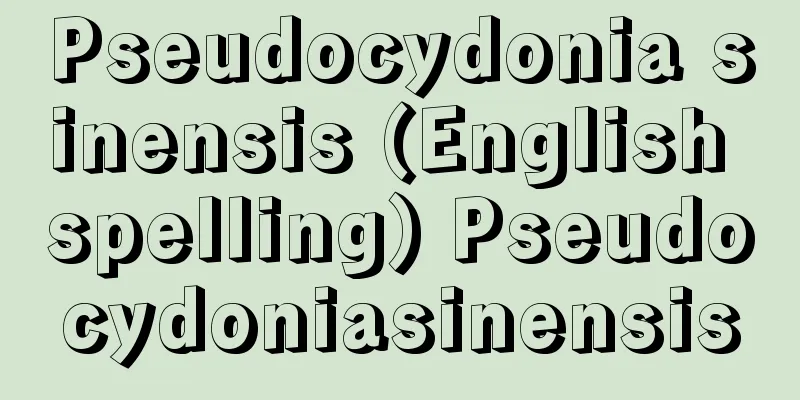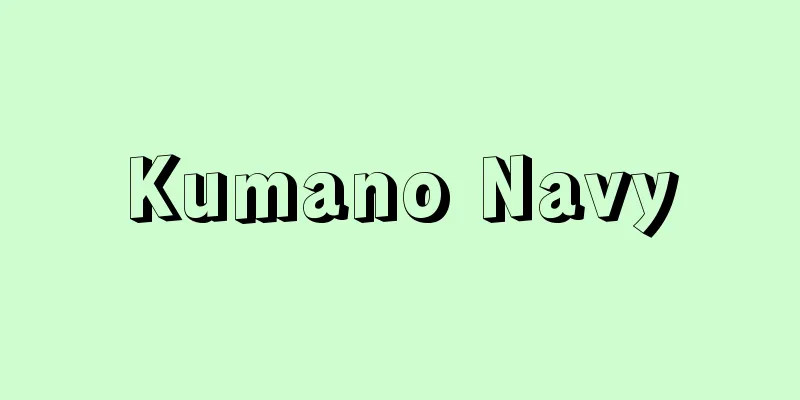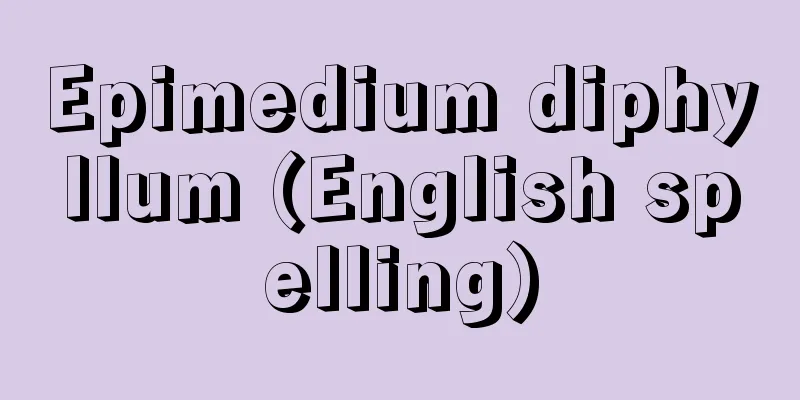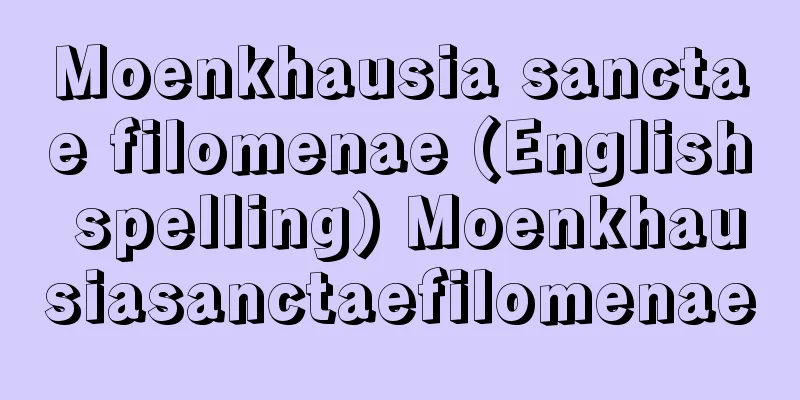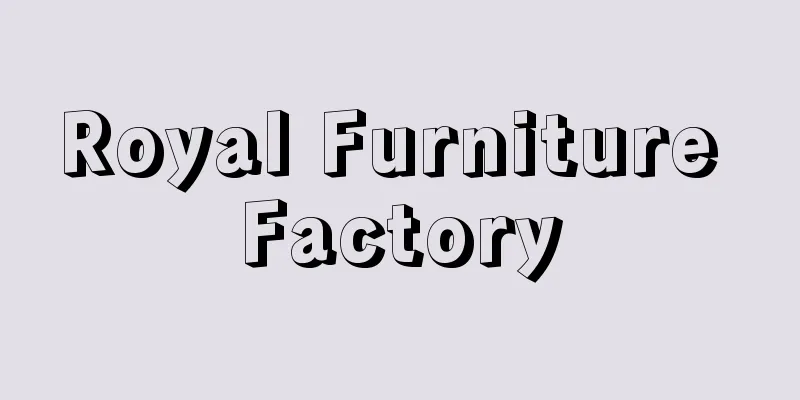European Union - oushuurengo (English spelling) European Union

|
The European Integration Organization was reconstituted at the Maastricht European Council in December 1991. It was signed as the Treaty on European Union (also called the European Union) in February 1992 and came into force in November 1993. Its headquarters are in Brussels, the capital of Belgium. European integration has a long history, but the first concrete realization was the European Coal and Steel Community (ECSC), which was established in 1952 after World War II between Germany, France, Italy and the Benelux countries. The Treaty of Rome, which came into force in 1958, established the European Economic Community (EEC) and the European Atomic Community (EURATOM). These three committees and the Council were unified by the Fusion Treaty in 1967 and came to be called the European Community (EC). In the late 1960s, a common tariff policy and a common agricultural policy (common market) were established, and in the 1970s a common trade policy was established, and Europe grew into a large global market. After that, attempts at monetary integration were made, but they were temporarily thwarted by the effects of the international currency instability and the oil crisis of the 1970s, and the period until the appointment of European Commission President Delors in 1985 is known as the "dark ages" of European integration. In the same year, the "White Paper on Internal Integration" was adopted, which aimed to remove nearly 300 non-tariff barriers by the end of 1992. This was achieved almost on time, and internal market integration was successful. In addition, the Single European Act, which came into effect in 1987, carried out the first major revisions since the Treaty of Rome, speeding up Council decisions by introducing a qualified majority system to a large extent, and expanding the powers of the European Parliament to overcome the "democratic deficit" (decisions led by the European Commission and a tendency to disregard the sovereignty of each country). The Treaty on European Union carried out a further major organizational reform, and the basic structure of today's EU, consisting of three pillars: (1) the EC, (2) the Common Foreign and Security Policy (CFSP), and (3) Judicial and Home Affairs Cooperation (JHA, or Police and Judicial Cooperation under the Treaty of Amsterdam, or PJCC), was established at this time. The Treaty of Amsterdam, signed in 1997, further strengthened parliamentary powers, codified the Social Charter, inscribed fundamental rights such as freedom, democracy, human rights, and respect for the law, expedited decision-making in the field of common foreign and security, and pre-integration by a majority of countries that met the basic conditions for membership (principle of flexibility). The Treaty of Nice in 2000 stipulated organizational reforms in line with the expansion to Eastern European countries, and showed the way to a European Constitutional Treaty. The expansion to Eastern European countries was realized in May 2004, and the Constitutional Treaty was approved in June of the same year, but it has been stalled due to the refusal of ratification by France and the Netherlands in 2005. The EU succeeded in monetary unification (the euro) in 2002, and political unification has developed into a common defense policy. (Watanabe Hirotaka, Minister of the Embassy of Japan in France / 2007) Source : "Chiezo" published by Asahi Shimbun Publications Co., Ltd. About Chiezo |
|
1991年12月、マーストリヒト欧州理事会で再編された欧州統合機構。92年2月、欧州連合(EU)条約(欧州同盟とも呼ぶ)として調印、93年11月に発効した。本部はベルギーの首都ブリュッセル。欧州統合は古い歴史をもつが、最初に具体的なかたちで実現したのは、第2次大戦後の52年、ドイツ、フランス、イタリア、ベネルクス3国の間で発足した欧州石炭鉄鋼共同体(ECSC:European Coal and Steel Community)だった。また、58年に発効したローマ条約により、欧州経済共同体(EEC:European Economic Community)と欧州原子力共同体(EURATOM:European Atomic Community)が成立。この3つの委員会と理事会が67年の融合条約によって一本化され、欧州共同体(EC:European Community)と呼ばれるようになった。60年代後半には共通関税政策・共通農業政策(共同市場)、70年代には共通通商政策が実現し、ヨーロッパは世界的な大市場に成長した。その後通貨統合の試みに踏み出したが、70年代の国際通貨不安や原油危機の影響を受けて一時頓挫、85年にドロール欧州委員長が誕生するまでは欧州統合の「暗黒時代」とも呼ばれている。同年、92年末までに300項目近くの非関税障壁を除去することを目標にした「域内統合白書」が採択された。それはほぼ期日までに実現し、域内市場統合は成功した。また、87年に発効した単一欧州議定書により、ローマ条約以来初めての本格的な改正が行われ、特定多数決制の大幅な導入による閣僚理事会決定のスピード化、「民主主義の赤字」(欧州委員会主導の決定、各国の主権が軽視される傾向)を克服するための欧州議会の権限拡大などが図られた。EU条約では、それをさらに進めた大幅な組織改革が行われ、(1)EC、(2)共通外交・安全保障政策(CFSP)、(3)司法内務協力(JHA、アムステルダム条約による警察・司法協力=PJCC)の3本柱という今日のEUの基本構造はこの時に築かれたものである。その後、97年に調印されたアムステルダム条約では、さらなる議会権限の強化、社会憲章の条文化、自由・民主主義・人権・法の尊重などの基本権の銘記、共通外交・安全保障の分野での決定の迅速化、加盟の基本条件を満たした過半数の国による先行統合(柔軟性の原理)などを定めた。2000年のニース条約では東欧諸国への拡大に伴う機構改革が定められ、欧州憲法条約への道筋が示された。東欧諸国への拡大は04年5月に実現、憲法条約は同年6月に承認されたが、05年フランス・オランダの批准の拒否で足踏み状態になっている。EUは、02年には通貨統合(ユーロ)に成功し、政治統合は共通防衛政策にまで発展している。
(渡邊啓貴 駐仏日本大使館公使 / 2007年) 出典 (株)朝日新聞出版発行「知恵蔵」知恵蔵について 情報 |
>>: Oshu caretaker - Oshu caretaker
Recommend
Ewald, J.
...In response to this, the German pietist poet K...
Vieux Carré (English spelling)
…The city's geographical location and interna...
Complex
A set K of at most countably many simplices of var...
Climate change - climatic variation
It is often used in the same sense as climate cha...
virilocal
...In contrast, in the case of cousin marriages a...
Rationality - rationality
〘noun〙① Having a reasonable nature. Having a natur...
R type ape man - R type engine
…Olduvai culture [Mitsuo Iwamoto]. … *Some of the...
Yongle coins
A Chinese currency, Yongle Tongbao. A copper coin...
Current account - touzayoki
A deposit made by a bank's client under a cur...
ossa tarsi (English spelling) ossatarsi
… In the anatomical sense, the foot is distinguis...
Azeotropy - azeotropy
When distilling a liquid mixture, the composition ...
Asamamono - Asamamono
A classification term for Japanese music. A type o...
Sanada Kyoshi - Sanada Kyoshi
〘 noun 〙 Thinly cut skeins of wood and braided lik...
White Cloud Mountain fish
...They feel more comfortable if you plant lots o...
Challenger - Charenja-go (English)
British oceanographic research vessel. (1) A wood...



